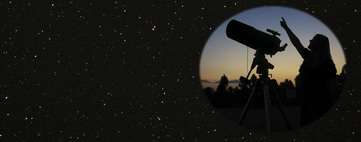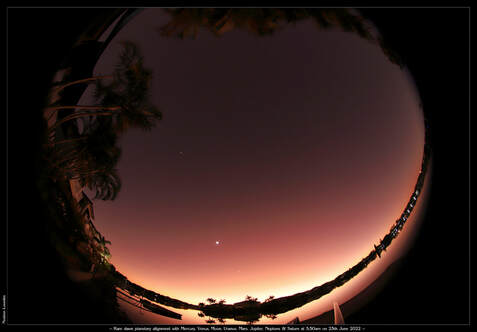
At 5.50am on 25th June 2022
This was the incredible view before dawn this morning an hour before sunrise showing all the planets with a waning crescent Moon right along the ecliptic. I wanted to try and show you some of the atmospheric colours that we’ve been experiencing in our sky by using a fisheye lens. The colours are breathtakingly beautiful.
These volcanic aerosols are from the Hunga-Tonga underwater volcano that erupted in January in Tonga. I really don’t know why, but the colours are becoming more and more vivid over the last couple of days!
Image taken with a Canon 6D Mark11 camera and a Tokina 10-17mm fisheye lens @10mm using an 8 second exposure and ISO400. The second image taken with Sigma 10-20mm lens at 10mm, the exposure was 8 seconds and ISO1250.
The lunar image was taken with the 18-400mm Tamron lens @400mm, ten images were stacked in RegiStax6 and processed in PS, exposures were 1/30th second and ISO100.
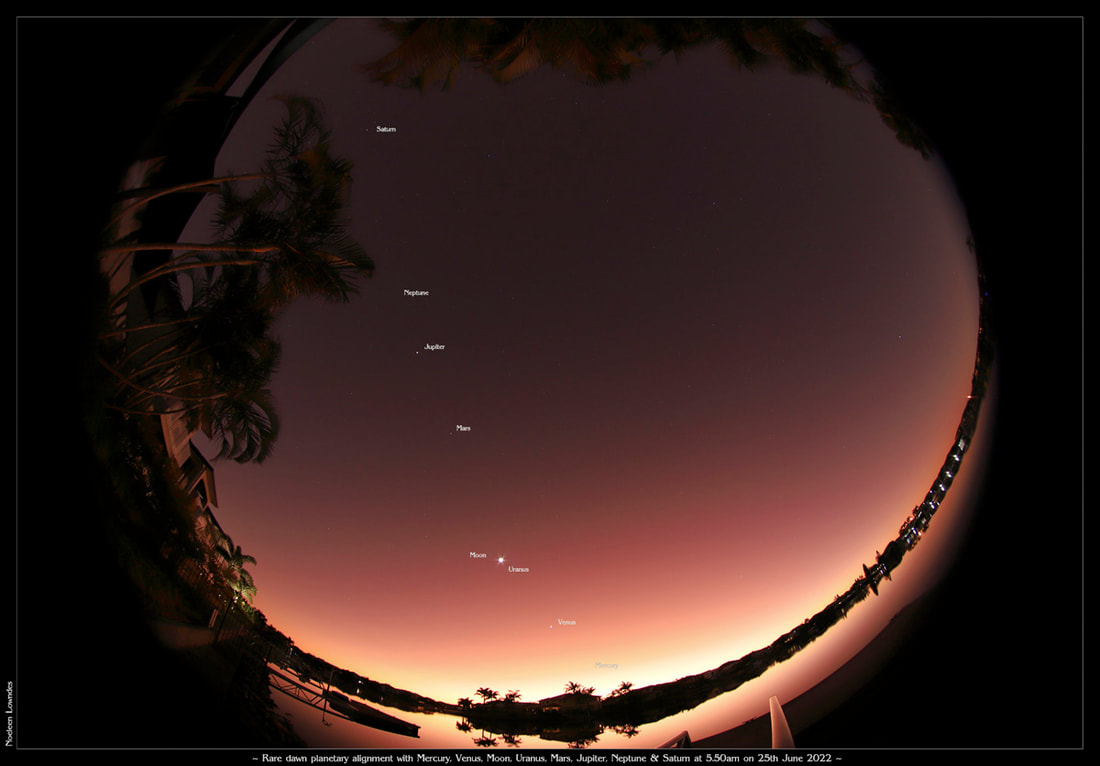


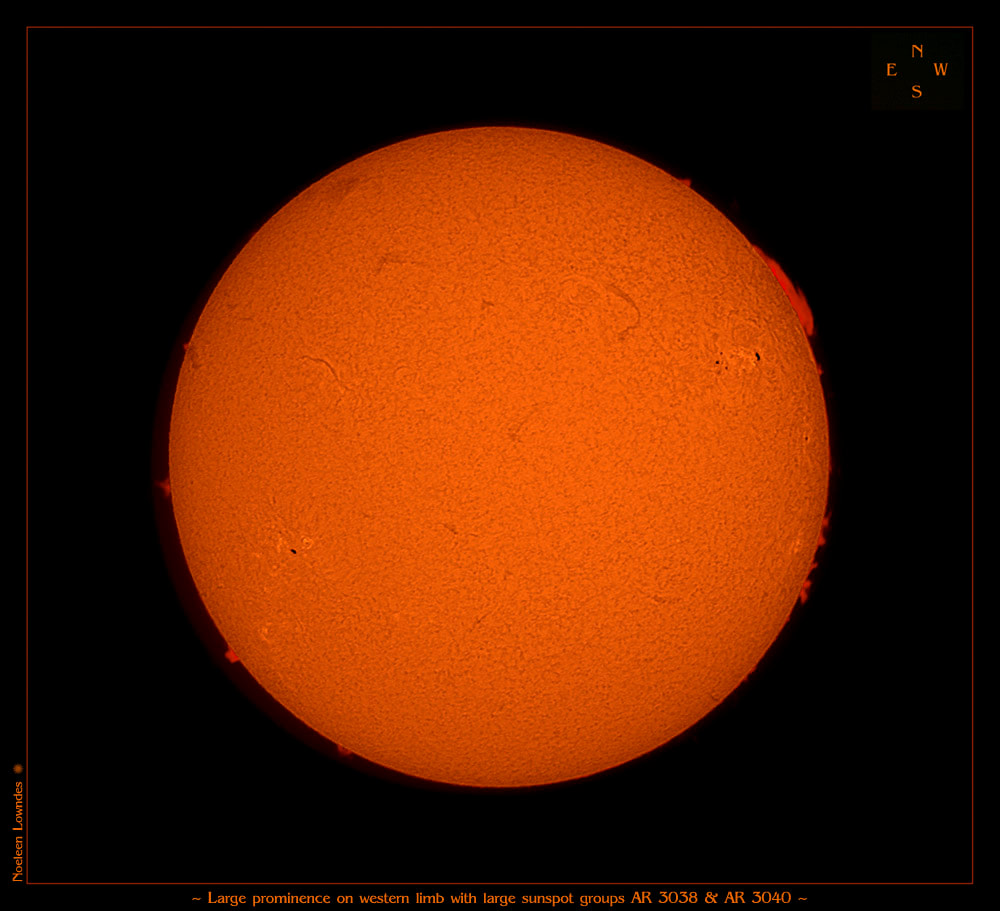
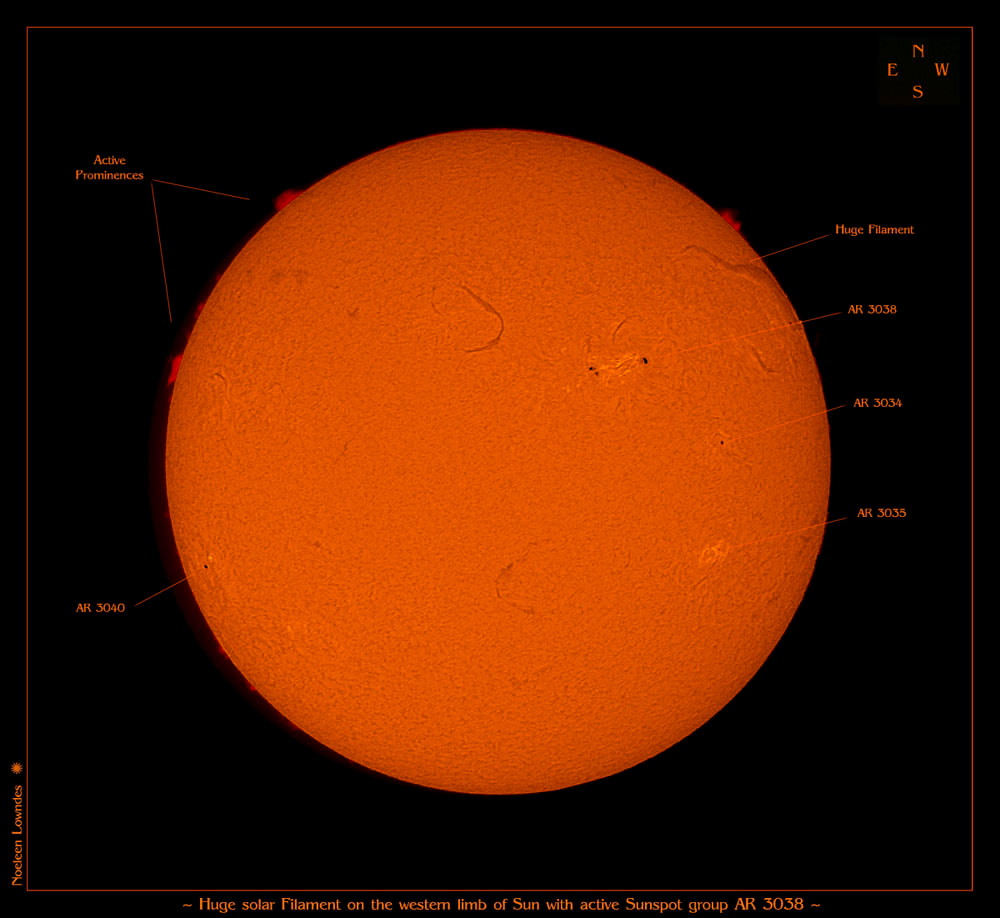
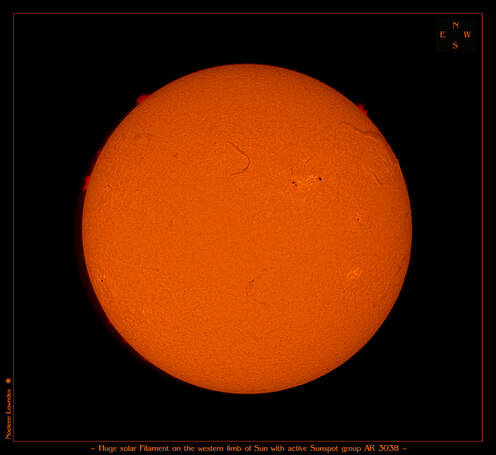
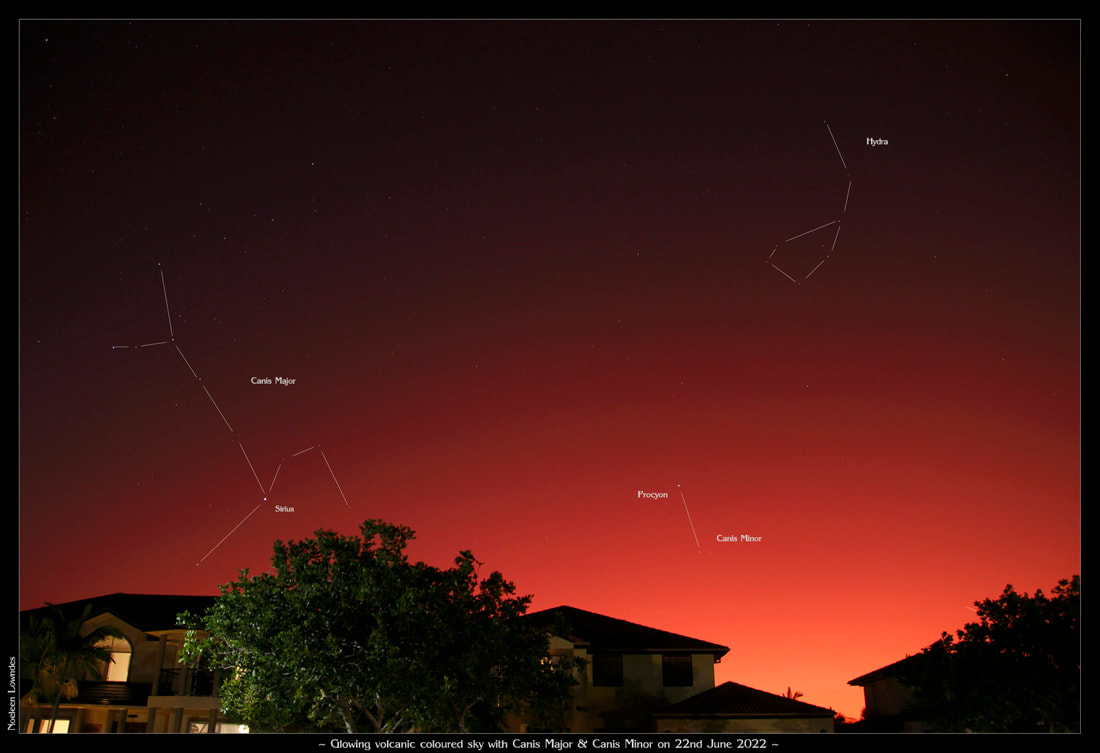
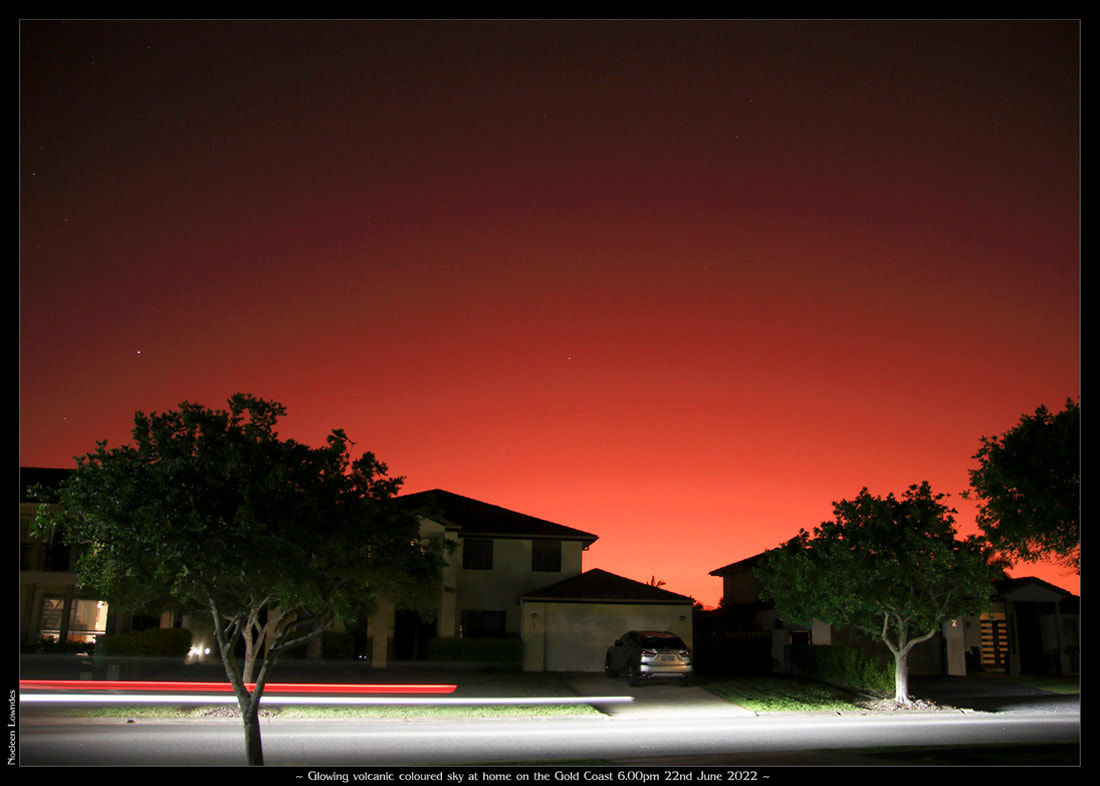
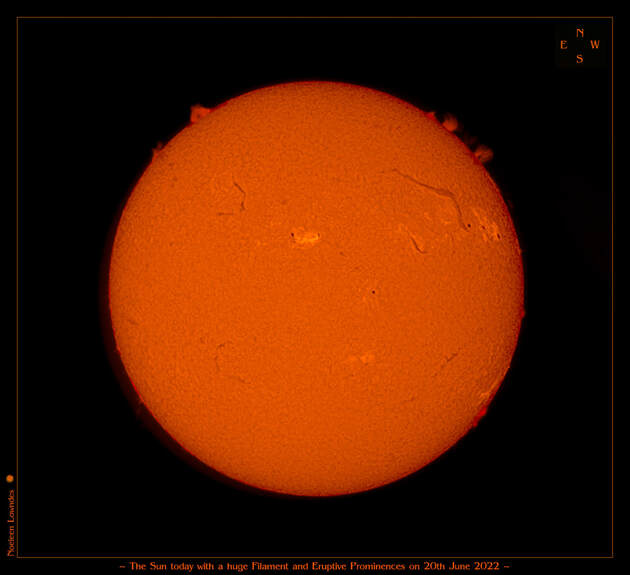
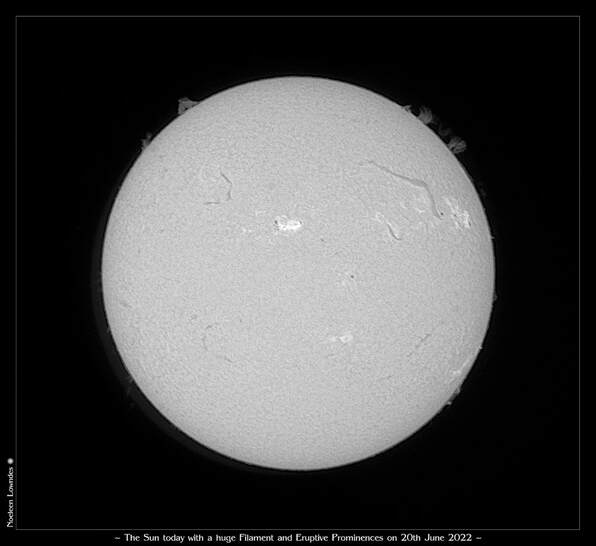
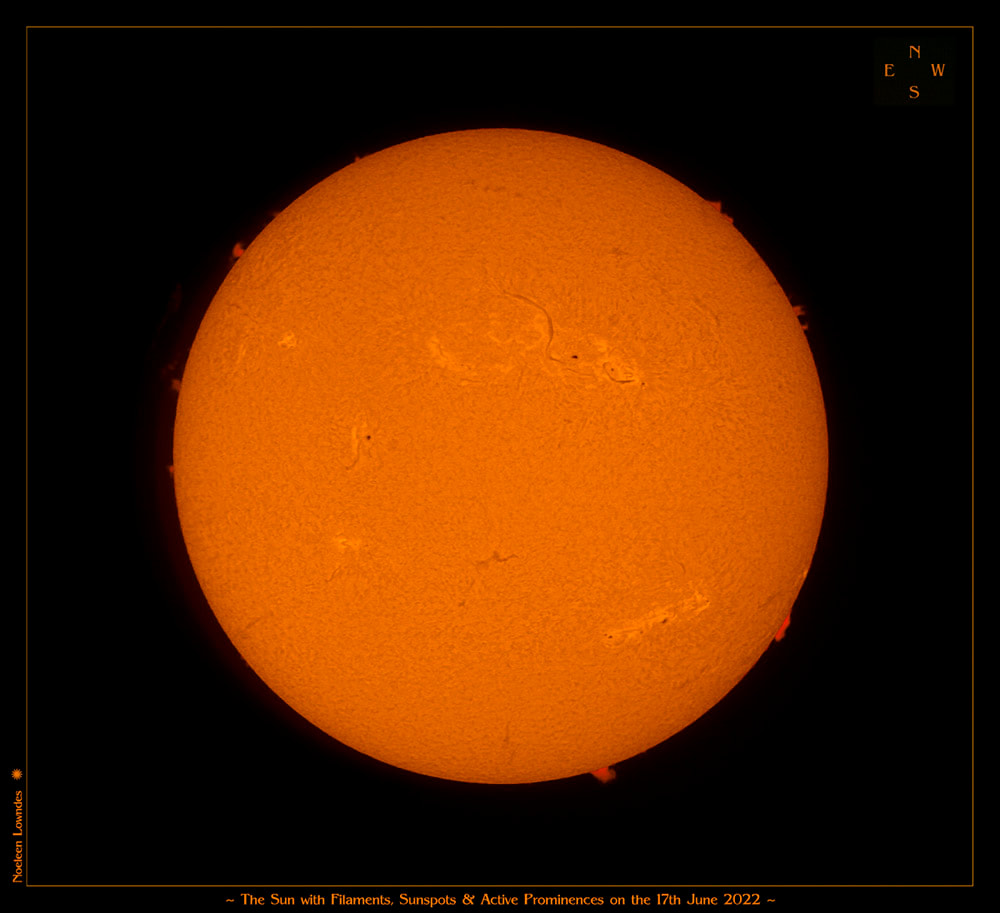
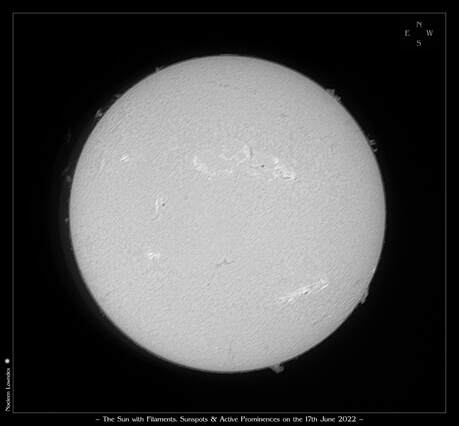
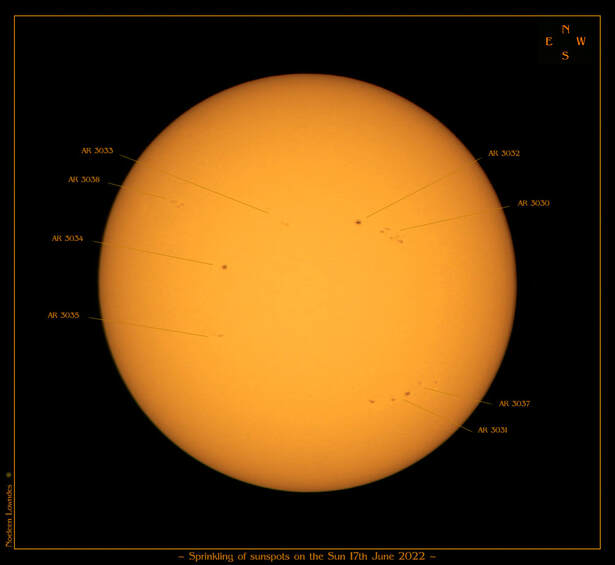
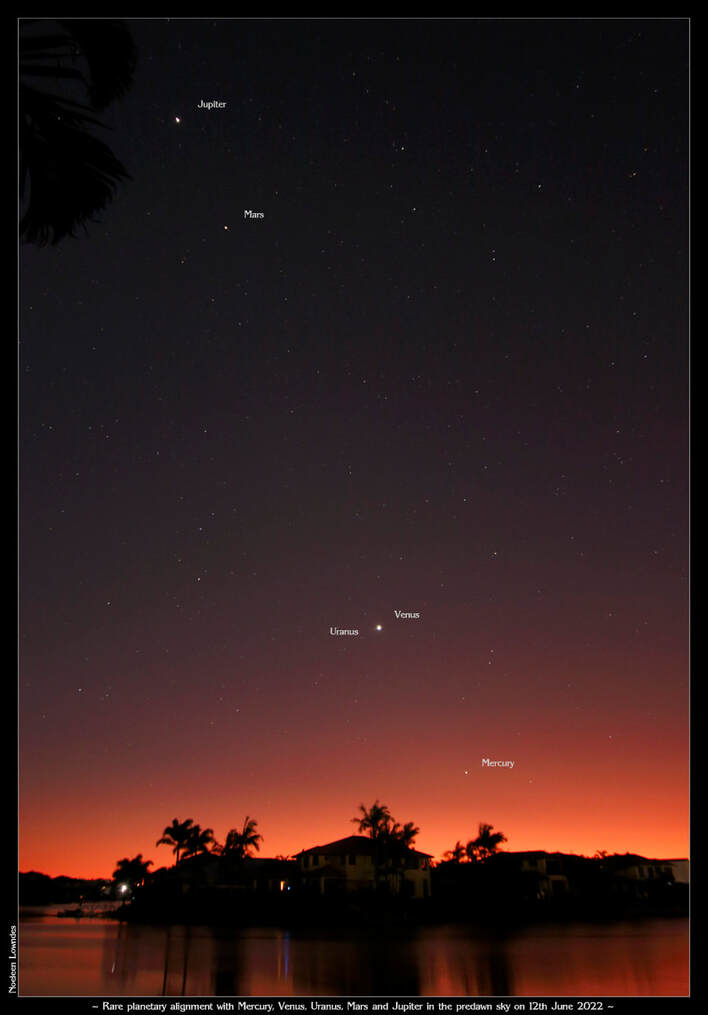
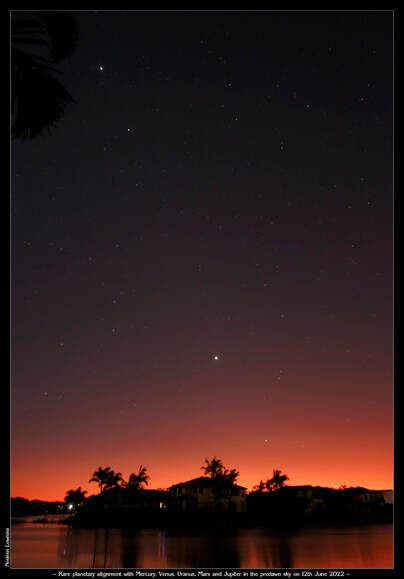
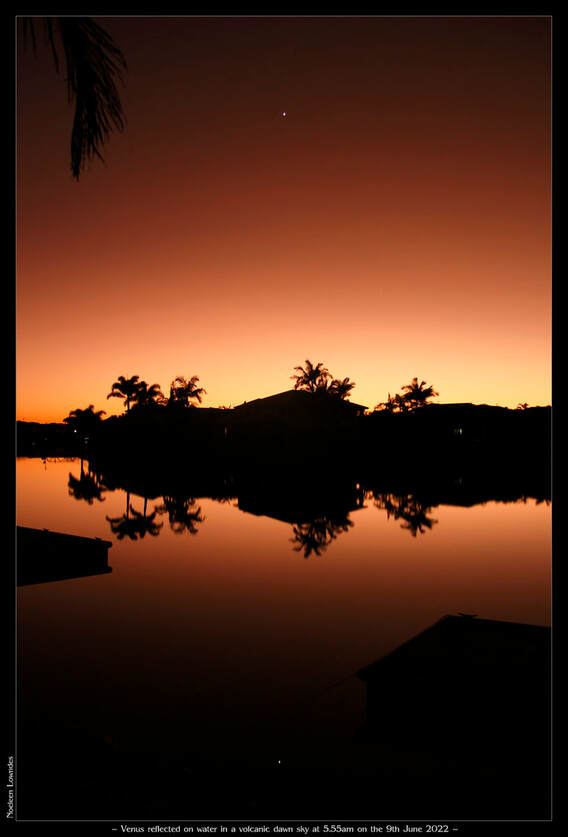
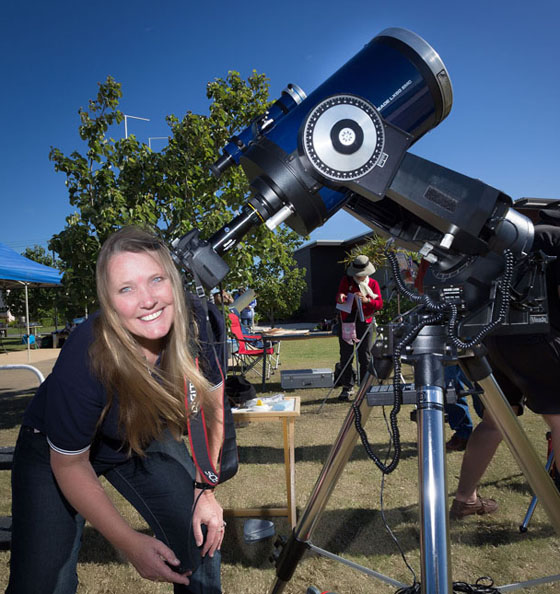
 RSS Feed
RSS Feed
